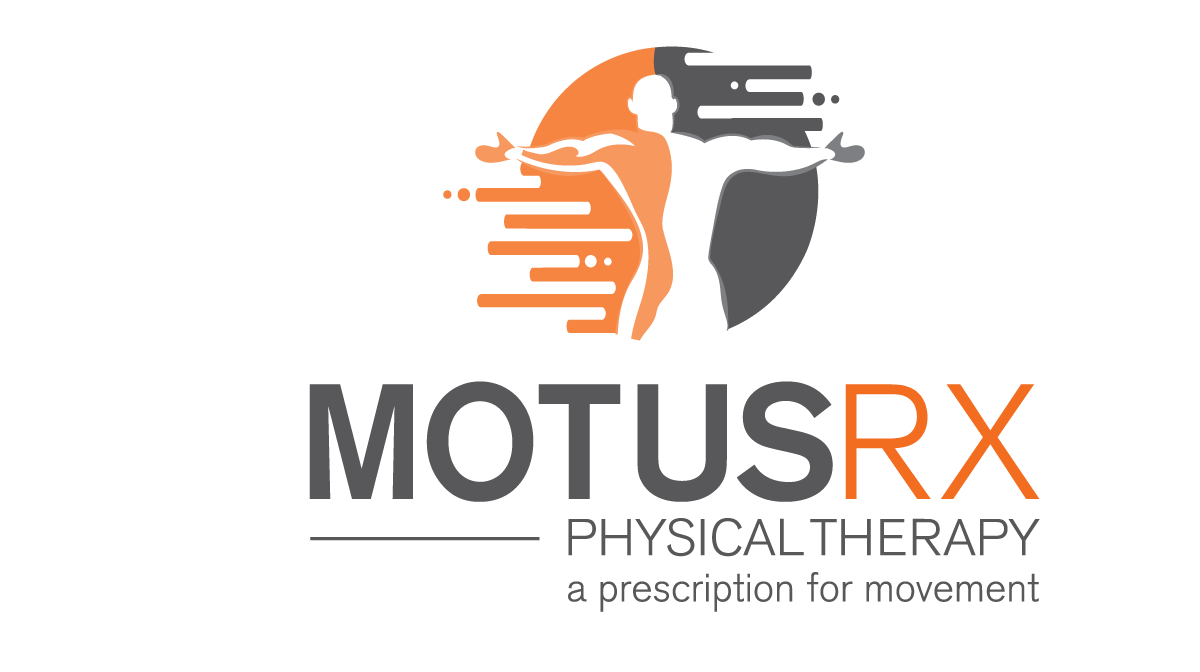The Body-Swing Connection: C-Posture At Address (Part 1)
Why Your Golf Posture Could Be Limiting Your Swing Potential
Analyzing and Modifying Golf Posture
When assessing the golf swing, it's important we start with posture. As we've stated many times, there is no one correct or right way to swing a club. But each of us has a most efficient way to swing the club based on what our body will allow us to do. This starts with our posture at address.
The video above will go into detail about one potential golf posture known as C-Posture. C-Posture is present in roughly 33.1% of golfers according to the Titleist Performance Institute. While in future videos, we will discuss exercises and drills to revert out of C-Posture, what I'd like to do now is talk about how C-Posture can affect your actual swing mechanics and resultant performance, thus why it's important to you.
- C-Posture can cause limited rotation through the spine minimizing backswing potential. Limited rotation in the spine will result in the feeling or need to bring hands higher or get more "armsy" with your swing. It also can result in less power production and club head speed as the body is not able to produce an elastic or tensile stretch in the muscles prior to starting the downswing.
- C-Posture can cause you to "stand up" or lose posture within your swing. Do me a favor and try initiating a swing while standing completely upright. It's not easy...and more so it forces excessive use of the arms and limits the use of the ground or your legs robbing you of power. More so, it makes your swing less repeatable leading to increased frequency of inconsistent club path and club face at impact.
- C-Posture can cause lower and mid back pain to become more likely during and after golf. If the resultant effect is to "stand up" in your swing and then you have to get back into the address position at impact, you're creating a sequence of excessive bending, straightening and then bending again while rotating and that can be stressful to the lower and middle back. Also, if your mid-back cannot rotate appropriately, it asks your lower back to do more than it should have to.
This list is not all inclusive, but is 3 of the most common side effects that I've noticed in working with golfer's and non-golfer's who have this posture alike.
What Can Be Done?
Many times, posture at address can be modified with cueing and positioning tips from a Golf Pro or Swing Coach or some simple self coaching. However, more often than not, this posture is influenced by muscle imbalances. C-Posture is often the result of hypomobile joints, tight muscles and soft tissue, or weak muscles in the upper half of the body. These are all things that can be modified through specific drills, re-education, or corrective exercises. Stay tuned as we will cover some of these in the next newsletter!!!

